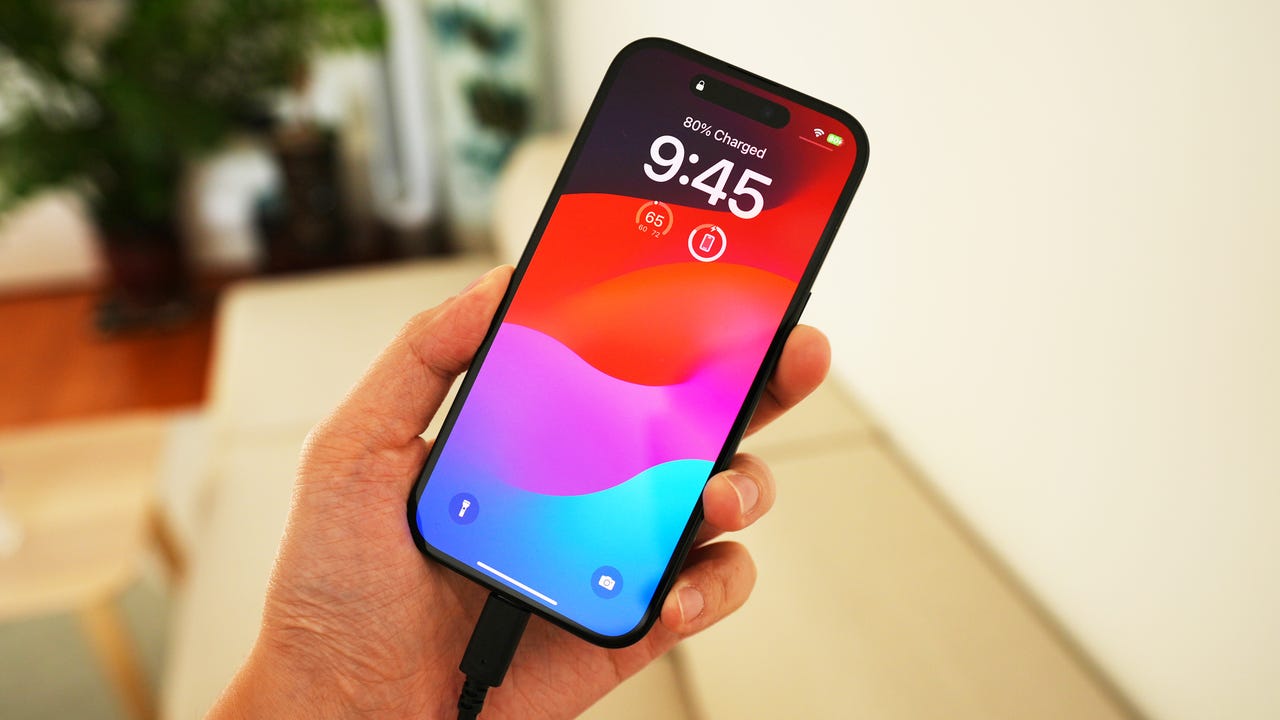'ZDNET Recommends': What exactly does it mean?
ZDNET's recommendations are based on many hours of testing, research, and comparison shopping. We gather data from the best available sources, including vendor and retailer listings as well as other relevant and independent reviews sites. And we pore over customer reviews to find out what matters to real people who already own and use the products and services we’re assessing.
When you click through from our site to a retailer and buy a product or service, we may earn affiliate commissions. This helps support our work, but does not affect what we cover or how, and it does not affect the price you pay. Neither ZDNET nor the author are compensated for these independent reviews. Indeed, we follow strict guidelines that ensure our editorial content is never influenced by advertisers.
ZDNET's editorial team writes on behalf of you, our reader. Our goal is to deliver the most accurate information and the most knowledgeable advice possible in order to help you make smarter buying decisions on tech gear and a wide array of products and services. Our editors thoroughly review and fact-check every article to ensure that our content meets the highest standards. If we have made an error or published misleading information, we will correct or clarify the article. If you see inaccuracies in our content, please report the mistake via this form.
Why doesn't my iPhone's battery stay at 100% for as long as it used to?

I fear that we in the tech media shoulder some responsibility for making people worry -- sometimes to the point of obsession -- about their smartphone's battery life. It amazes me how close of an eye some smartphone owners keep on their devices.
We're constantly monitoring our phone's health.
To be fair, I'm like that, too. A bit. No, not really. A lot.
Also: Do iOS updates wear out your iPhone's battery? The answer is not so obvious
And if there's one thing that we battery watchers get good at spotting, it's when the battery is discharging faster than normal. And there's no easier thing to notice than a battery going from 100% to 99%.
iPhone battery meter ticking over from 100% to 99%.
When the battery was new, it may well have remained at 100% for a few hours. But after a few months of wear, that tick-over from 100% to 99% happens a lot quicker.
But why? Is this a problem?
No, it's nothing more than normal battery wear.
Every charge/discharge cycle that your iPhone goes through wears the battery a little.
According to Apple, the battery in your iPhone is designed to retain up to 80% of its original capacity at 500 complete charge cycles.
Also: iPhone battery bad after installing iOS 17.1? Try these 7 tips
You can see this measure if you tap on Settings > Battery > Battery Health & Charging. It's under the heading Maximum Capacity.
Battery Health on iOS 17 showing Maximum Capacity.
The more you use your phone, the more it wears the battery. That's physics. And you can't change the laws of physics.
The bottom line: As part of the normal battery-wear process, your battery will lose about one percentage point off this Maximum Capacity for every 25 cycles.
Also: Make your iPhone super secure. This app shows you how
This, in turn, affects how quickly your iPhone's battery drops. That is, an old iPhone charged to 100% holds less charge than a new iPhone charged to 100% because of this wear.
But it gets more complicated.
If you watch that Maximum Capacity figure, you'll notice -- when your iPhone is new -- that it takes weeks, maybe months, before that 100% maximum capacity rolls over to 99%.
Why is that?
Because the battery inside your iPhone has a higher actual capacity than Apple claims. Apple underpromises on the capacity because new batteries have a natural variation in capacity, and Apple would prefer that your battery has slightly more capacity -- not less -- than what's in the spec sheet.
Also: The best MagSafe battery packs for your iPhone
If you're interested, you can actually get iOS to show you how much capacity your battery had when new, what its current capacity is, what its rated capacity is, and how many charge cycles it's been through.
Confused? Don't worry! Put simply, this means that when your battery is new, it can hold more power than its rated capacity; and because of this, it looks like it can stay at that 100% mark for longer.
So, is this slow erosion of how long your battery will stay at 100% a problem?
No.
This is what normal battery wear looks like.
Also: Why you should really stop charging your phone overnight
That said, there are a few steps you can take to take the stress off your battery to reduce additional wear.
- Use a good-quality charger -- either a genuine Apple charger or a good quality third-party charger.
- Keep your iPhone at room temperature as much as possible -- don't leave it baking in the sun or in a car window all day.
- Don't keep your iPhone on a charger all the time -- the battery is meant to be used.
- Keep your iPhone updated -- yes, iOS updates can actually improve battery health.
So, if this is normal, what are the signs of a dying battery?
Here's what I look out for:
- Rapid discharging over a few hours.
- Crashing when under load (for example, when playing a demanding game).
- Phone refusing to charge to 100%.
- Physical damage such as bulging or overheating.
These are signs that your battery could be worn. But remember, all is not lost! It's not much of a hassle to get it replaced, giving your iPhone a new lease of life.
